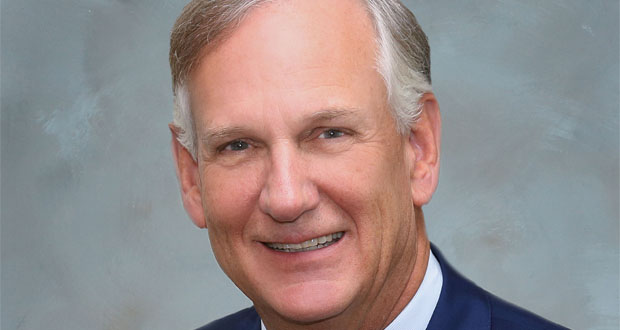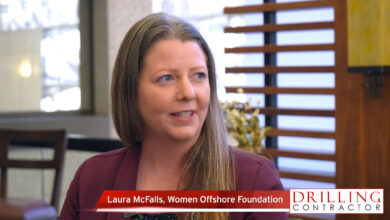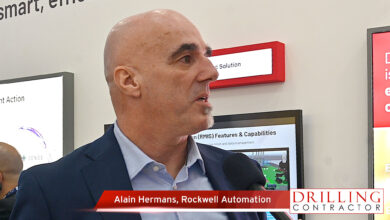A ‘people first’ culture leads to better safety, respect, performance, success

By Brad James, IADC Chairman
The drilling industry’s greatest resource and most invaluable investment is its people. Creating a “people first” culture starts by listening to employees and showing genuine concern for their wellbeing, on and off the rig. When people feel valued, they tend to take greater pride in and ownership over their work. Ultimately, when we invest in our crews, they deliver for our clients, which translates into shared success for all stakeholders.
At Enterprise Offshore Drilling, we’ve cultivated a “people first” culture rooted in care, collaboration and respect. People are at the core of everything we do, which is why we call ourselves “The PEOPLE company.” Taking care of our people has unarguably been the key to our success.
When employees feel valued, they don’t just show up to collect a paycheck; they actively look out for each other’s safety and identify ways to improve operations. When companies prioritize people, respect the individual and provide support and inclusivity, employees feel more comfortable calling a timeout or making a safety observation.
There is a new paradigm for QHSE in the industry. It has shifted from being a policing organization to a collaborative one. This has led to buy-in, enhanced teamwork and personal responsibility for safety. When it comes to safe operations, it’s important that the whole team is on the same page, pulling in the same direction.
At Enterprise, we do everything we can to reinforce the significance of safety so our employees — especially those who haven’t been in the industry long — will know how important this matter is. We utilize PeopleSafe, our behavioral-based safety process, to empower all employees to be responsible for conducting structured quality, health, safety and environmental conversations in the workplace to eliminate at-risk behavior.
PeopleSafe consists of multiple resources, one of which is the STAR (“See, Talk, Agree, Record”) Observation Card. When someone sees an at-risk behavior or condition, we want them to talk about it, reach an agreement and record it on a STAR Card. If they don’t see an at-risk behavior, they’re encouraged to record a safe behavior they observe. At the end of every hitch, the crew collectively votes on the best STAR Card, which becomes the “STAR Card of the Hitch.”
We want our people to know that we acknowledge and appreciate their efforts; they’re not reporting these behaviors and conditions in a void, just for the sake of reporting. These cards actually mean something, and they’re important for our leadership to see. After the “STAR Card of the Hitch” is chosen, it ends up on my desk. I write a letter to the original writer of the STAR Card, personally thanking them for keeping their eyes and ears open and protecting their fellow employees. I end up writing 20-25 letters a month, which are returned to the Offshore Installation Managers (OIMs), the most senior position on the rigs. On the next hitch, the OIM presents the note and a gift to the employee so they can be recognized on the rig in front of their colleagues.
To further reinforce the value of our STAR Card program, we collect and track the data so we can measure and quantify trends over time. Our belief is that if we can measure trends, we can manage them. The added benefit of tracking STAR Card trends is our people can see the results of their efforts over a period of time. Success is all about buy-in from our people.
One of the benefits of being a smaller contractor is that I have the honor of being involved on such a personal level. Since we have a flat organizational structure, senior leadership is very visible and accessible to our employees. Though it does take quite a bit of time and energy, the results are worth the effort.
Other ways we prioritize our people is through events. We host two picnics a year where the entire company and families gather. During this event, we thank our employees, hand out prizes and enjoy time together with our loved ones. We want our employees to know that we don’t just care about them – we care about their families, too. It’s impossible to separate an individual from all the important roles that truly make them who they are, and we wouldn’t want to, anyway.
We also host two leadership meetings for our senior supervisors (any position with a direct report), as well as their significant others. These leadership meetings are a large part of the considerable effort we put forth to ensure everyone is on the same page when it comes to safety initiatives, operational efficiencies and employee recruiting and retention.
At the end of the day, people just want to be valued and appreciated. Trust and teamwork are impossible without a supportive, people-centric environment. Our collective competitive advantage and path to success as an industry lies in empowering our most valuable resources — our people. DC




